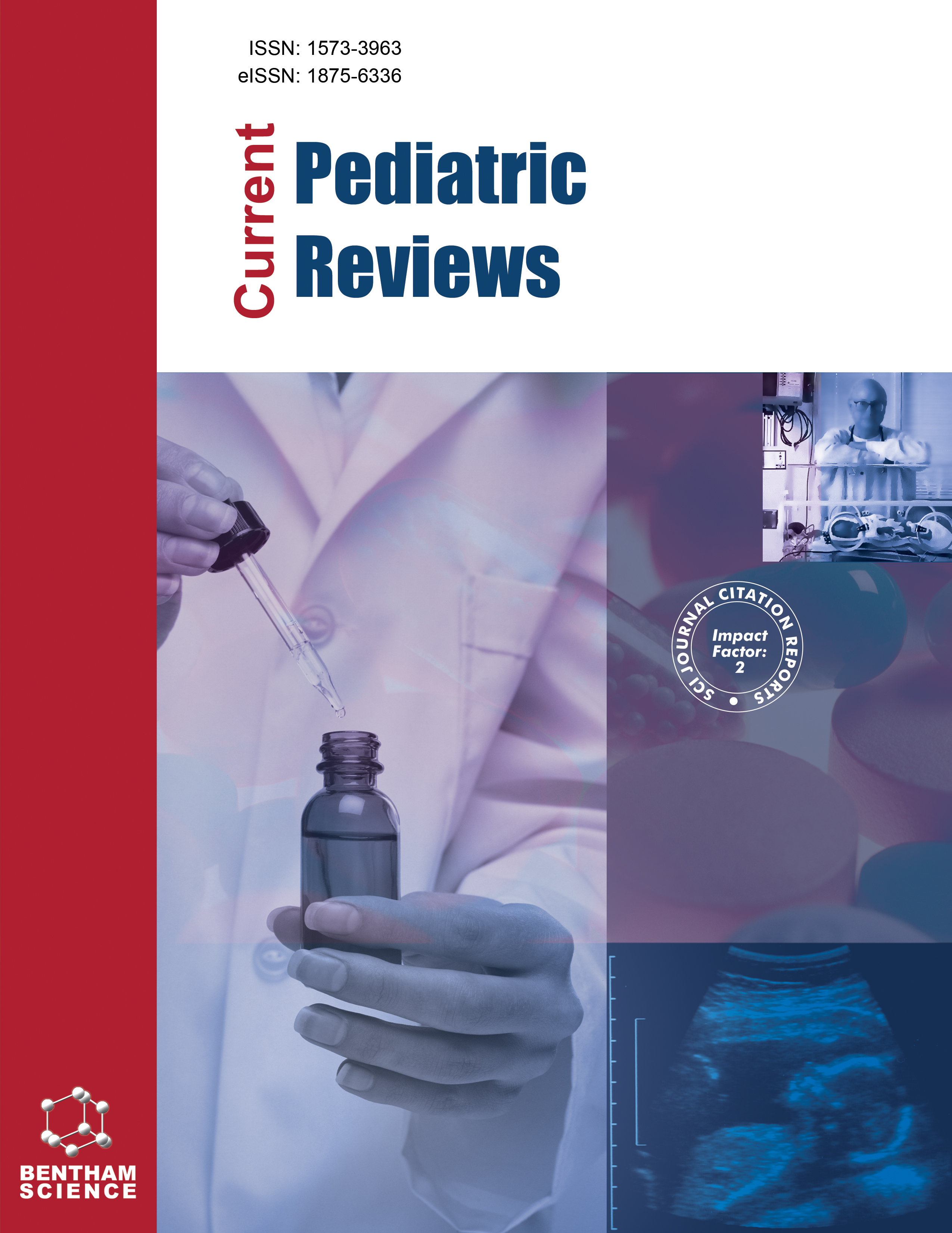-
s Advanced Magnetic Resonance Imaging Techniques in the Preterm Brain: Methods and Applications
- Source: Current Pediatric Reviews, Volume 10, Issue 1, Feb 2014, p. 56 - 64
-
- 01 Feb 2014
Abstract
Brain development and brain injury in preterm infants are areas of active research. Magnetic resonance imaging (MRI), a non-invasive tool applicable to both animal models and human infants, provides a wealth of information on this process by bridging the gap between histology (available from animal studies) and developmental outcome (available from clinical studies). Moreover, MRI also offers information regarding diagnosis and prognosis in the clinical setting. Recent advances in MR methods – diffusion tensor imaging, volumetric segmentation, surface based analysis, functional MRI, and quantitative metrics – further increase the sophistication of information available regarding both brain structure and function. In this review, we discuss the basics of these newer methods as well as their application to the study of premature infants.


